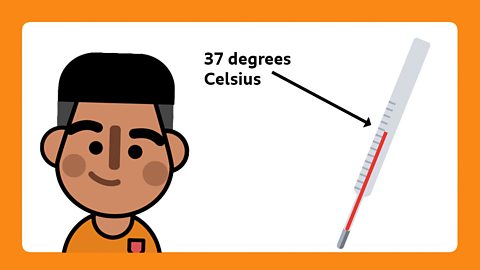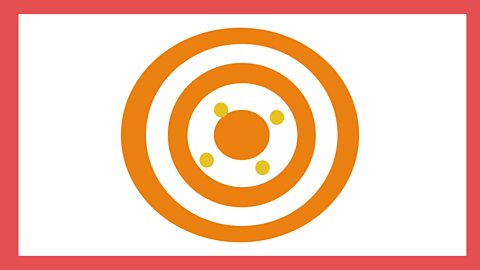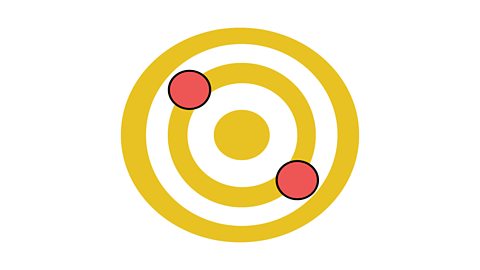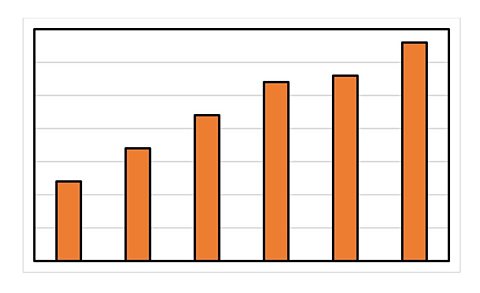Experiments need to be accurate and precise
It is important that the results from scientific experiments are both accurate and precise. This means that the data collection needs to be accurate and precise as well.
This way, we can be more confident are results are correct.
Accuracy

Accurate measurements are those close to what they should be. We know the temperature of the human body is 37°C. An accurate thermometer will give us this value (unless we are poorly and have a temperature).
Taking repeat readings or measurements when needed will increase the accuracy and reliability to help you to spot any anomalies Something that is not expected or different from previous results..

Precision

Science experiments are often repeated several times. Precise measurements are those that have been repeated and are similar. If you timed yourself running around the local park or playground several times and you got similar results, they would be precise.

Examples of precision

The first target shows the darts are precise because they are close together.

The second mage shows imprecise shots because they are not close together.
Activity 1
Activity 2: Quiz
Activity 3: Being precise and accurate

Ask a responsible adult to help you with this activity.
You will need a large piece of paper and some small balls.
- Draw a giant target onto the large paper.
- Throw the balls at the paper and try to make the patterns seen in the four targets above.
- Explain to the adult why each one is accurate or not, and precise or not.

True or false: If all the balls are close together then they are accurate.
Do you agree or disagree with this statement? Explain why.
The answer is false! Balls which are close together would be precise not accurate.
What other scientific investigations could you complete using the same equipment?
More on Working scientifically
Find out more by working through a topic
- count1 of 11

- count2 of 11

- count3 of 11

- count4 of 11
